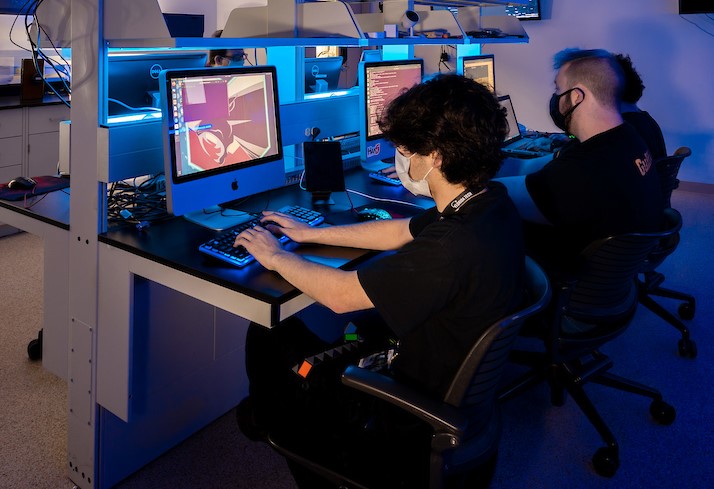Document Type
Conference Proceeding
Publication Title
Proceedings of SPIE - the International Society for Optical Engineering
Abstract
Considerable advancements have been made in undersea imaging over the past decade enabling long-range detection and observation of underwater objects in clear and turbid (cloudy) water. The image transfer characteristics of the medium (i.e. scattering and absorption) have been primary obstacles in developing high performance systems. However, the application of lasers to the imaging formation process is currently providing a means for acquiring long-range images, over 5-6 attenuation lengths in comparison to 1 -2 attenuation lengths for more conventional methods. In addition, laser technology is now offering the promise of systems capable of forming range maps and depth resolved images. Range resolution is possible by a variety of methods, such as triangulation, time gatinglLlDA.R, the formation of Moire fringes by structured illumination, intensity gradient processing common to shape-from-shading computer vision techniques, and phase sensitive coherent processing using modulated sources. Performance is determined by the optical power available, the system geometry, the detection means, and (primarily by) the optical attenuation of the medium. In spite of the limitations imposed by these effects, a number of range sensitive imaging systems are being developed using various technological approaches, which include: 1) range gated triangulation using an optically coupled image intensifier and lateral effect photodiode, 2) streak camera processing of time histories across multiple returns from line format illumination, 3) triangulation via intensified CCD using narrow, synchronized illumination and detection FOVs, 4) laser coherent modulation with phase sensitive detector array, 5) range-gated ICCD image arrays and, 6) pre- and post-processing image gradient methods using natural illumination. In this paper we describe the first approach listed above and present results from a recently developed system that produces video-rate, three-dimensional maps of the image space using a scanning laser configuration and a patented micro-channel plate intensified detector. The scene is viewed from a separate location to provide depth information via triangulation. The detector provides an estimate of position of the apparent landing spot of the laser beam for each scan angle from which a depth estimate is calculated. The system is designed to scan an approximate 15 X 15 degree field-of-view at distances from 1.5 to 2.5 meters with a resolution of 1 . 5 cm at rates of 10-3 0 full images per second, and can accommodate range gating to reduce scattered light interference.
First Page
228
Last Page
239
DOI
10.1117/12.351650
Publication Date
7-2-1999
Recommended Citation
Caimi, F. M., Kocak, D. M., & Colquitt, C. (1999). Design and performance characterization of simultaneous reflectance and surface mapping laser scanner for application in underwater inspection. Paper presented at the Proceedings of SPIE - the International Society for Optical Engineering, , 3787 228-239.


